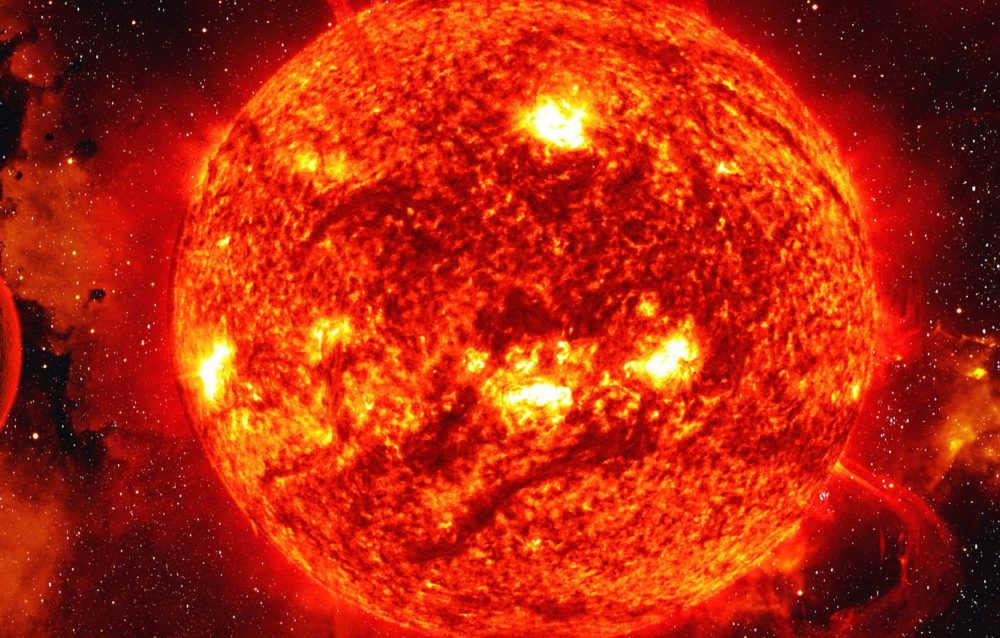
From the perspective of an Earth observer, every star appears as a twinkling dot, seemingly identical to each other except for their varying brightness. However, this perception belies the true complexity of the night sky. Scientists have now identified numerous types of stars, each differing in size, temperature, and the light they emit. These celestial bodies are born, live fascinating and lengthy lives that span billions of years, and ultimately meet their demise or transform into black holes. But before they reach their final end, stars undergo an incredible metamorphosis, radically altering their appearance.
During the final stages of their evolution, stars undergo a transformation into red giants or supergiants, which are celestial bodies with a radius hundreds of times larger than that of the Sun. Prominent examples of these “aged” stars include Mira, Arcturus, Aldebaran, and Hakruks. According to the Hertzsprung-Russell diagram, the majority of stars in this classification can be found on the red giant branch. These stars possess significant luminosity and possess expansive shells that extend over long distances.
In due course, the Sun will also enter the red giant phase, rendering life on Earth impossible. However, this event is projected to occur billions of years from now, affording humanity ample time to adequately prepare and seek out a new abode within the vast expanse of the Universe.
Understanding the Phenomenon of Giant Stars and the Evolution of Celestial Objects
Within the realm of astronomy, there exists a diverse array of stars, each possessing unique characteristics such as temperature and size. These attributes, along with their absolute magnitudes and spectral properties, are utilized by astronomers to categorize these celestial entities. The spectral analysis not only provides insights into the temperature of these objects but also reveals valuable information regarding their chemical composition.
In the year 1910, two scientists, Einar Hertzsprung and Henry Russell, independently devised a groundbreaking diagram that revolutionized the classification of stellar objects and shed light on the various stages of their development. This diagram also vividly illustrates the interdependence between spectral class, stellar magnitude, and luminosity, offering a comprehensive understanding of the evolutionary journey undertaken by these celestial bodies.
The arrangement of stars on this diagram is not random, but rather organized into distinct regions. The majority, about 90%, of stars fall within the main sequence area. Additionally, there is a region on the diagram that contains red giants and supergiants, which are stars in the final stage of their evolution.
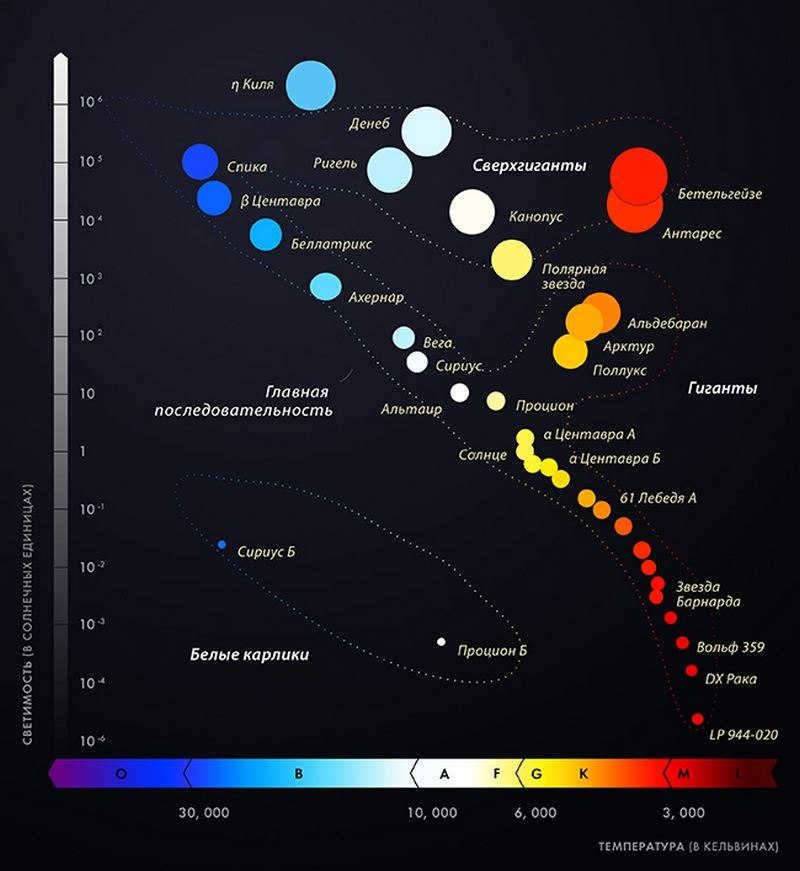
This phenomenon can be easily explained: during most of its lifespan, a star obtains its energy from reactions occurring in its core. These reactions can be either the proton-proton cycle or, for more massive stars, the CNO cycle. Once the thermonuclear reactions cease, a helium core forms and the star evolves into a red giant.
The ultimate fate of a star depends on its mass. If the star has a mass less than ten times that of the Sun, it will evolve into a red giant and eventually a supergiant. On the other hand, if the star is more massive, it will directly evolve into a supergiant. There is also an intermediate stage called the subgiant stage, during which helium burning has not yet begun and fusion in the hydrogen nucleus is no longer occurring.
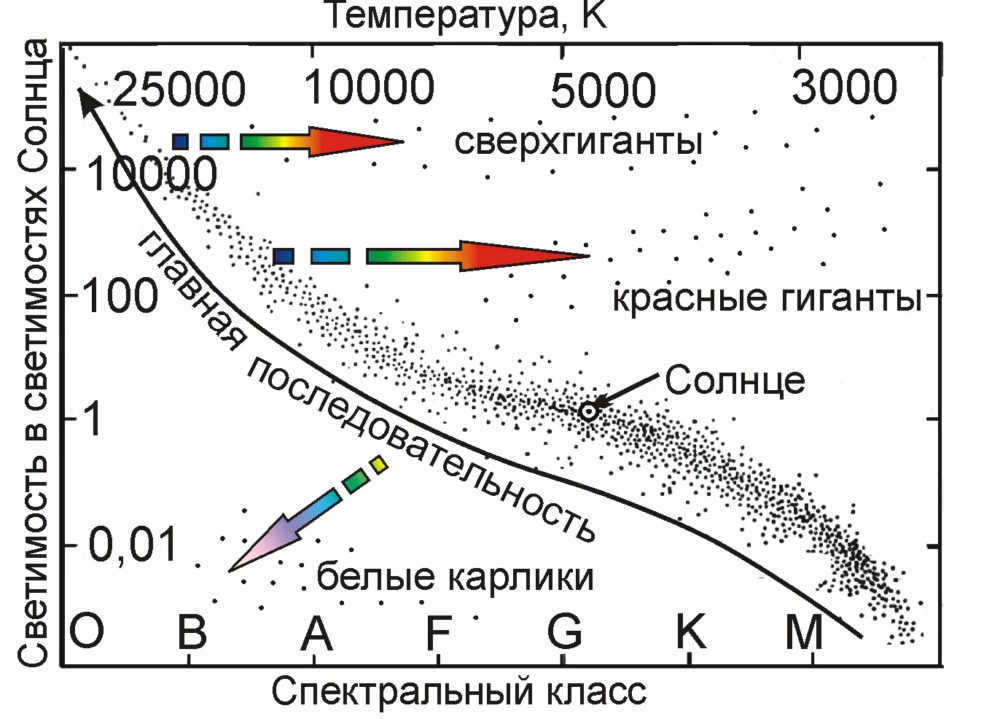
However, this is not the final stage. The red giant phase is relatively short compared to the entire lifespan of the star.
“New” giants
Objects undergoing stellar evolution can reach late spectral classes not only in the later stages of their life. The formation of a red giant can also occur during the initial phase of star formation. During this stage, the emission is a result of gravitational energy generated by the object’s compression. The duration of this phase depends on the size and mass of the star: for stars larger than ten solar masses, the red giant phase lasts approximately 103 years, while for smaller stars it lasts around 108 years.
The compression leads to a decrease in the object’s area and a subsequent increase in its temperature, resulting in a significant reduction in its luminosity. Eventually, thermonuclear reactions are initiated within the object’s interior, causing it to enter the main sequence and become a young star. While “young” and “old” giants share many similarities, astronomers typically use the term “young” to describe objects that have reached advanced stages in their evolution. Objects in the process of star formation are commonly referred to as protostars, with T Taurus serving as an example.
Overview and general features
Red giants are stars that fall into the K and M spectral classes, with a III luminosity class. Their absolute stellar magnitude falls within the range of 0m ≥ Mv ≥ -3m. Despite their relatively low surface temperature, which does not exceed 5 thousand K, their immense size makes them highly noticeable in the night sky. These celestial objects have a characteristic radius that ranges from 100 to 800 times larger than the radius of our sun, and their surface area is 104 to 106 times greater. The combination of their high luminosity and low temperature serves as the primary distinguishing feature of red giants.
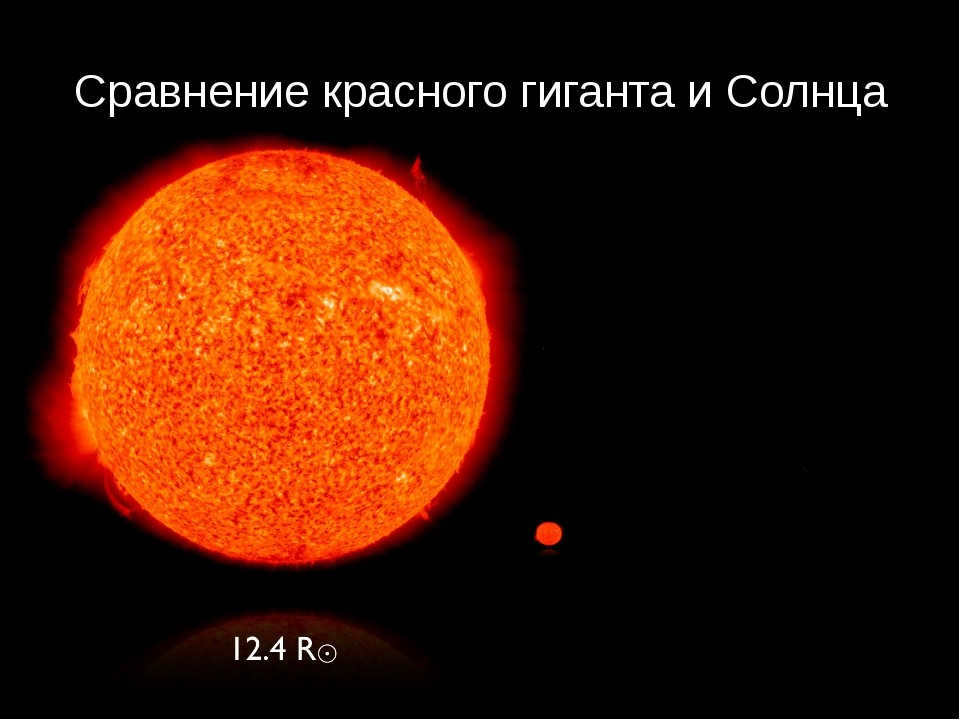
The density of red giants is relatively low, sometimes being several million times less than that of solar matter. These stars have a hot and dense core, with a large envelope surrounding it. The core only accounts for about 10% of the star’s total weight. This unique structure causes a significant outflow of matter and a rapid decrease in mass, reaching 10-6-10-5 M☉ per year.
Several factors contribute to this process:
- The extensive size of the giant shells and their high luminosity effectively balance the gravitational force and pressure in the photosphere, resulting in the outflow of matter;
- The underlying shells have low transparency to electromagnetic radiation, triggering energy transfer through convection;
- Due to the extensive nature, oscillatory processes initiate, causing frequent changes in the thermal regime. Presently, astronomers possess photographs of nebulae that provide evidence for the existence of such oscillations.
During the initial phase, following hydrogen depletion, a helium core is formed, which remains inactive in thermonuclear reactions – hydrogen combustion persists in the surrounding layer. When the temperature reaches 2*108 K, carbon formation is initiated through helium fusion (triple alpha process). Following helium depletion, a degenerate matter oxygen-carbon core is established within the star, along with two unstable burning layers: helium, which is closer to the center, and hydrogen, situated in the outer shell of the core. Helium burning can be highly active in smaller stars.
Due to the aforementioned transformations, there is an increase in the mass of the core of the star, an elevation in its temperature, and a contraction. In red giants with lower masses, the cores do not progress to the point of carbon ignition, and at the end of their life cycle, they transform into white dwarfs. The cores of heavier celestial objects undergo a series of fusion stages involving various elements. The process of nucleosynthesis concludes with the formation of iron nuclei.
Variable stars, including red giants and supergiants, undergo changes in brightness as a result of certain physical processes. These fluctuations can occur periodically or non-periodically. For instance, Mirids have pulsation periods that range from a few days to two to three years.
What occurs when the Sun transforms into a red giant
What lies ahead for our star? When the Sun evolves into a red giant, what will be the consequences for the Earth and the other planets?
At present, the Sun is in its “prime” – its age can be considered average. It is approximately 4.57 billion years old, and our star is still a considerable distance away from the final stage. It will continue to provide us with warmth and light for at least another 5 billion years, gradually depleting its hydrogen fuel.
Every 100 million years, its luminosity will increase by one percent. In the future, this may pose a significant challenge, as the increased luminosity will also lead to a greater release of thermal energy from our star. It is possible that our distant descendants will encounter a greenhouse effect similar to the one experienced by Venus today.
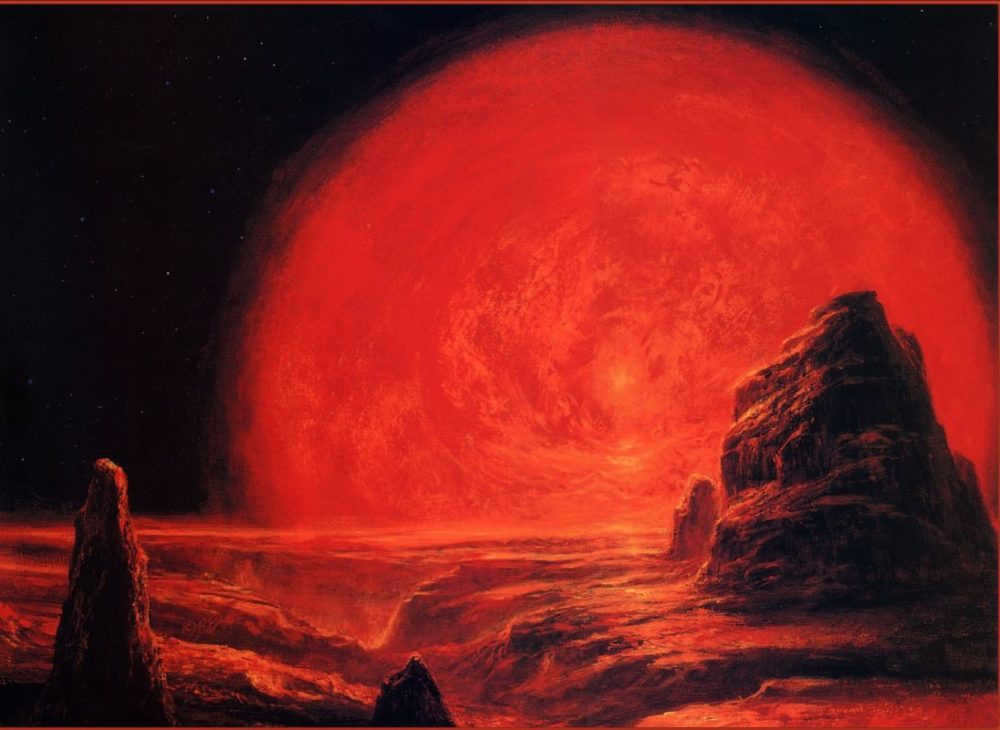
It is probable that the Earth will be situated beyond the photosphere, yet the formidable gravitational forces exerted by the star are expected to ensnare it and propel it into the depths of the Sun. Certain scientists postulate that, conversely, the Earth and other planets will be propelled farther into the vast expanse of space. However, even if our planet manages to evade absorption, the scorching temperatures would render any form of life impossible. Approximately one billion years prior to its demise, the Earth will shed its atmosphere and the oceans will evaporate.
All of this chaos will come to an end soon – the Sun will only remain in its massive stage for a mere hundred million years. Following that, a nebula will emerge in its place, housing a white dwarf at its core. Its gravitational force will no longer be sufficient to maintain the planets in their respective orbits, resulting in their collisions and the subsequent formation of an immense array of asteroids.
Red giants and supergiants refer to stars classified as late [1] spectral classes, characterized by their elevated luminosity and expansive outer layers.
Distinctive features of red giants
Red giants consist of stars belonging to the spectral classes K and M, specifically luminosity classes III and I. This means that their absolute stellar magnitudes at red giants and MV < − 3 m for red supergiants. The temperature of the radiating surface (photosphere) of red giants is relatively low ( ) and, consequently, the energy flux per unit radiating area is lower as well – 2-10 times smaller compared to the Sun. However, the luminosity of these stars can reach 10 5 – 10 6 LSol due to the fact that red giants and supergiants have extremely large radii. The characteristic radii of red giants and supergiants range from 100 to 800 solar radii.
Red giants are known for their molecular absorption bands, which emit the most light in the red and infrared parts of the spectrum.
How red giants form and what they’re made of
Classification of red giants based on age
Stars can reach late spectral classes and high luminosities at two stages of their evolution: during the formation stage and in the later stages of their life cycle. The point at which young stars are observed as red giants depends on their mass, with this stage lasting from approximately 10^3 years for massive stars to around 10^8 years for low-mass stars. During this time, the star emits radiation as a result of the gravitational energy released during compression. As the star compresses, its surface temperature increases, but due to a decrease in size and radiating surface area, the overall luminosity decreases. Eventually, the star’s core begins thermonuclear fusion reactions of helium from hydrogen, and the young star transitions into the main sequence.
In contemporary astrophysics, the phrase red giants typically denotes stars that have evolved from the main sequence. On the other hand, young stars that have not yet reached the main sequence are generally referred to as protostars, or by a specific classification such as T Taurus-type stars.
Exploring the composition of red giants, examining instabilities in their outer layers, and understanding the phenomenon of mass loss
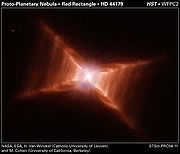
Every year, the intense stellar wind is influenced by multiple factors:
- The red giants’ high luminosity, combined with their vast atmospheres (with radii ranging from 10^2 to 10^3 RSol), results in the radiation pressure on the gas and dust components of their envelopes becoming comparable to gravitational forces. This causes the expulsion of matter at the boundaries of their photospheres.
- Ionization of the regions of the shells beneath the photosphere makes them essentially opaque to electromagnetic radiation, leading to the convection mechanism of energy transfer. This solar activity is similar in nature, but the power of convective flows in red giants is expected to be much greater than that of the Sun.
- Instabilities can occur in extended stellar envelopes, resulting in significant oscillatory processes accompanied by changes in the star’s thermal regime. Figure 2 displays density waves of matter expelled by the star, which may be a consequence of these oscillations. Periodic oscillations in the envelope often become noticeable from great distances: many older red giants are pulsation variables (as explained below), and some young red giants, like T Taurus, also exhibit variability.
Convective mechanisms can transport nucleosynthesis products from internal nuclear sources to the star’s atmosphere, which explains the observed anomalies in the chemical composition of red giants, particularly the increased carbon content.
Nuclear Power Sources and Their Connection to the Structure of Red Giants
During the life cycle of main-sequence stars, the depletion of hydrogen occurs, meaning that nucleosynthesis takes place to create helium (refer to the Bethe cycle). This depletion causes the release of energy to cease in the central regions of the star, resulting in compression and consequently, an increase in temperature and density within its core. The rise in temperature and density in the stellar core creates conditions where a new source of thermonuclear energy is activated: the burning of helium (known as the triple helium reaction or triple alpha process), which is a characteristic feature of red giants and supergiants.
At temperatures around 10^8 K, the kinetic energy of helium nuclei becomes sufficiently high to overcome the Coulomb barrier: two helium nuclei (alpha particles) can merge together to form the unstable isotope beryllium-8 (Be 8):
Most of the Be 8 decays again into two alpha particles, but when the Be 8 collides with a high-energy alpha particle, it can create a stable carbon nucleus C 12:
Despite the very low equilibrium concentration of Be 8 (for example, at a temperature of about 10^8 K, the Be 8 / He 4 concentration ratio is about 10^-10), the rate of the triple helium reaction is enough to establish a new hydrostatic equilibrium in the star’s hot core. The energy release in the ternary helium reaction has an extremely high dependence on temperature: for the temperature range of about 1-2-10^8 K, the energy release is:
 . Red giants and red supergiants have relatively low temperatures on the surface (photosphere), leading to a smaller energy flux per unit area compared to the Sun. However, their luminosity can be as high as
. Red giants and red supergiants have relatively low temperatures on the surface (photosphere), leading to a smaller energy flux per unit area compared to the Sun. However, their luminosity can be as high as  due to their large radii. The characteristic radii of red giants and supergiants range from 100 to 800 times that of the Sun.
due to their large radii. The characteristic radii of red giants and supergiants range from 100 to 800 times that of the Sun.
The spectral characteristics of red giants are distinguished by the existence of molecular absorption bands, which exhibit the greatest emission in the red and infrared sections of the electromagnetic spectrum.
Red giants: Their origins and structure
The distinction between "young" and "old" red giants
In contemporary astrophysics, the phrase red giants typically denotes pro-evolved stars that have transitioned away from the main sequence. On the other hand, young stars that have not yet left the main sequence are generally referred to as protostars or by a specific classification, such as T Taurus-type stars.
The composition of red giants, instabilities present in their outer layers, and the phenomena of mass loss
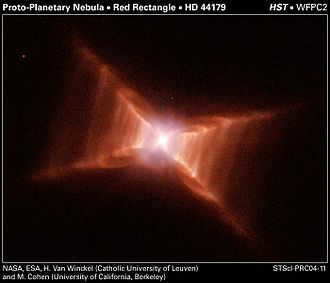
Every year, the intense stellar wind is influenced by several factors:
The radiation pressure on the gas and dust components of their envelopes at their photospheric boundaries becomes comparable to gravitational forces, causing matter to be expelled.
- Ionization of the shell regions below the photosphere makes them effectively opaque to electromagnetic radiation, resulting in the convection mechanism of energy transfer. Solar activity follows a similar pattern, but in the case of red giants, the power of convective fluxes must be significantly greater than that of the Sun.
- Instabilities can arise in the extended envelopes of stars, resulting in significant oscillatory phenomena and alterations in the star’s thermal conditions. Figure 2 displays distinct density waves formed by the expelled matter, which could be a direct outcome of these oscillations. These periodic oscillations in the envelope often become detectable from far distances; numerous “old” red giants are known to be pulsation variables (as discussed below), and even some “young red giants” like T Taurus exhibit variability.
Convective processes can cause the transfer of nucleosynthesis byproducts from internal nuclear sources to the star’s atmosphere. This is what causes the unusual chemical composition of red giants, including the higher levels of carbon.
The connection between nuclear energy sources and the structure of red giants
When the temperature reaches around 10 8 K, the helium nuclei gain enough kinetic energy to surpass the Coulomb barrier. This allows two helium nuclei (alpha particles) to merge and create the unstable beryllium isotope Be 8 :
The majority of Be 8 decays into two alpha particles once again, but when Be 8 collides with a high-energy alpha particle, it can produce a stable carbon nucleus C 12 :
Despite the extremely low concentration of Be 8 (for example, at a temperature of about 10^8 K, the ratio of Be 8 to He 4 concentration is about 10^-10), the rate of the triple helium reaction is sufficient to establish a new hydrostatic equilibrium in the star’s hot core. The energy release in the triple helium reaction has a very high dependence on temperature: for temperatures ranging from T ~1-2-10^8 K, the energy release  is given by:
is given by:

In the case being considered, the concentration of helium in the core is close to unity.
The onset of the triple helium reaction in the degenerate nuclei of low-mass (up to ~2.25 solar masses) red giants has an explosive nature, resulting in a sudden but very short-lived (~10 4 -10 5 years) increase in their luminosity – the helium flash.
The final phases in the evolution of red giants
- A degenerate core of carbon and oxygen is formed, with masses reaching up to 1.2 times that of the Sun. During the asymptotic giant branch phase, the outer shell of the star is shed, forming a planetary nebula which can be observed for approximately 10,000 years.
- In certain cases, the carbon core undergoes detonation, resulting in a Type I supernova explosion.
- The remaining core, composed mostly of carbon and oxygen, becomes a white dwarf with a mass of 0.6-0.7 times that of the Sun. The surrounding planetary nebula continues to expand.
- The star eventually dissipates completely in a flare, leaving behind only the remnants of the planetary nebula.
The Sun in its red giant phase.
The Sun is currently classified as a middle-aged star, estimated to be around 4.57 billion years old. It is expected to remain on the Main Sequence for another 5 billion years, gradually increasing its brightness by 10% every billion years. However, once the hydrogen in its core is depleted, the temperature and density will rise significantly, causing helium to ignite and transform into carbon. As a result, the Sun’s size will expand by at least 200 times, nearly reaching the current Earth orbit of 0.93 a.u. [2] [3] [4] Despite the Sun’s mass loss during its transition to a red giant, Mercury and Venus will be engulfed and vaporized. Unfortunately, Earth will also face an intense heat, making it impossible for life to survive. [5] [6] Additionally, the oceans will evaporate long before the Sun reaches the red giant stage, which is estimated to occur in approximately 1.1 billion years. [7]
The Sun will remain in the red giant stage for approximately 100 million years, after which it will transition into a planetary nebula and eventually become a white dwarf.
Red giants exhibit variability as stars
- Mira-type long-period variables (Mira – omicron Ceti-type) are radially pulsating giants of spectral class M. They have periods ranging from 80 to over 1000 days and experience light variations from 2.5 m to 11 m. Emission lines can be observed in their spectra.
- SR-type pulsating variable giants of spectral class M (type Z UMa) have periods ranging from 20 days to several years and experience light variations of approximately 3 m.
- SRc-type pulsating variable supergiants of spectral class M (type Cep) also exhibit semi-regular pulsations.
- Lb-type irregular slow pulsating variable giants, which belong to spectral classes K, M, C, and S, are exemplified by the CO Cyg type.
- Lc – irregular slow pulsating variable supergiants of spectral class M (type TZ Cas) with luminosity variations of around 1 magnitude
Related Articles

A red giant in the field of astronomy is a term used to describe stars that are exceptionally large and belong to late spectral classes. These stars exhibit high luminosity and have extended envelopes. Some examples of red giants include Arcturus, Aldebaran, and Hakruks, which are part of the branch of red giants.
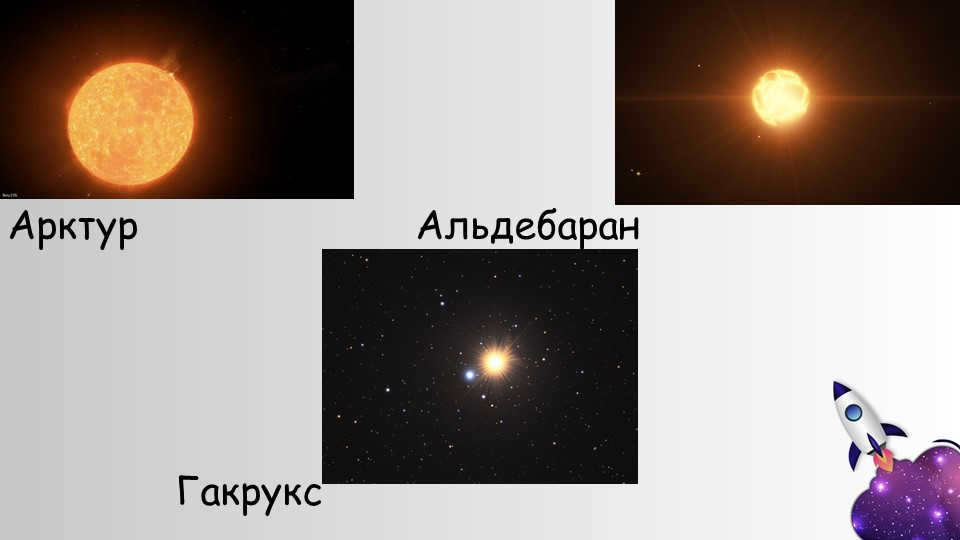
Red giants earn their name due to their immense size – the average red giant has a radius that surpasses our Sun’s radius by hundreds of times, making it approximately 1500 times larger than the solar. However, despite their enormous size, red giants are significantly colder than regular stars, including our Sun, which actually emits twice as much heat as a red giant.
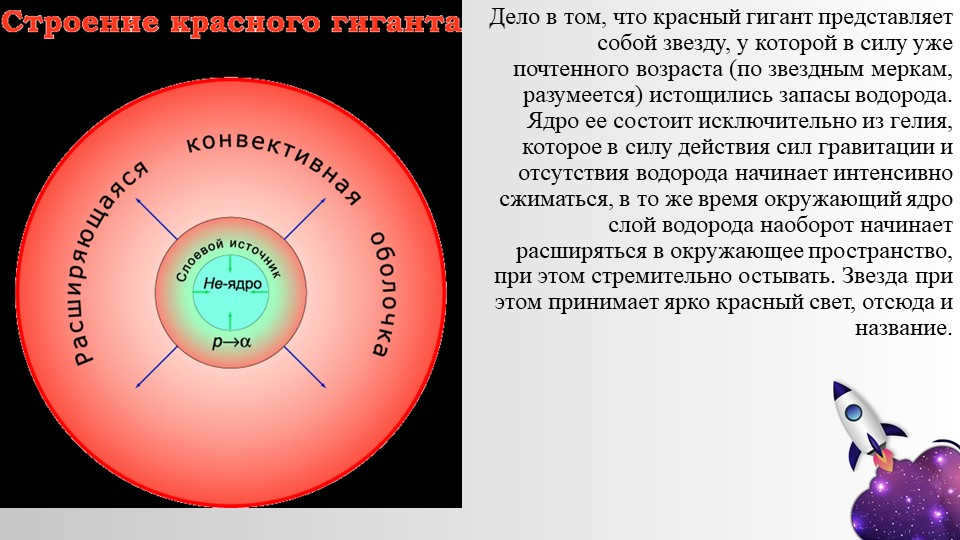

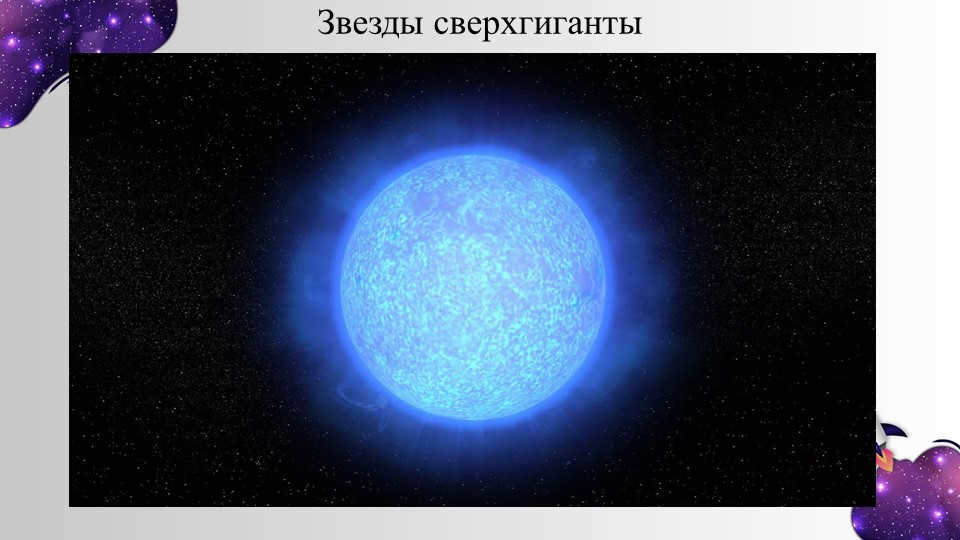
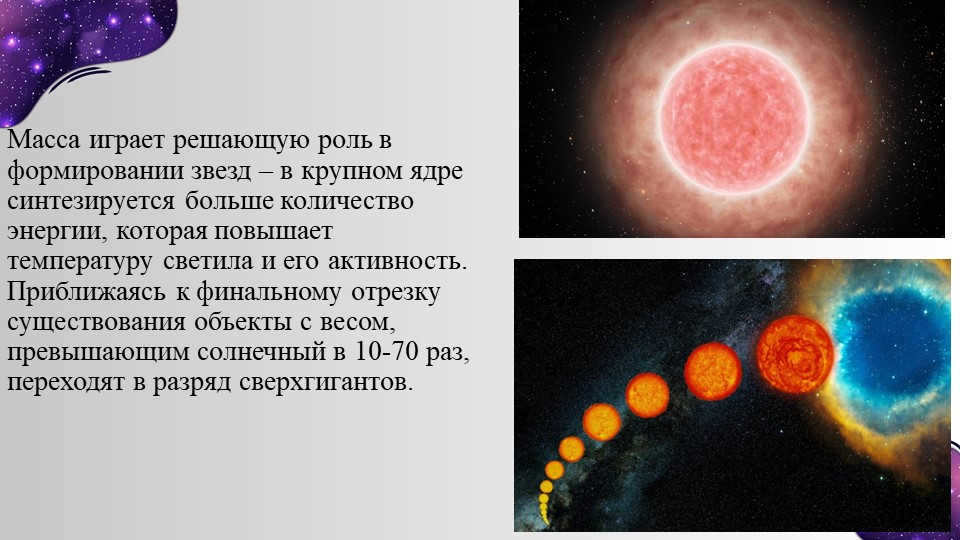
The formation of stars is heavily influenced by mass – a larger core is capable of producing more energy, resulting in a higher temperature and increased activity of the luminary. As they near the end of their existence, objects with a mass 10-70 times greater than that of the Sun are transformed into supergiants.
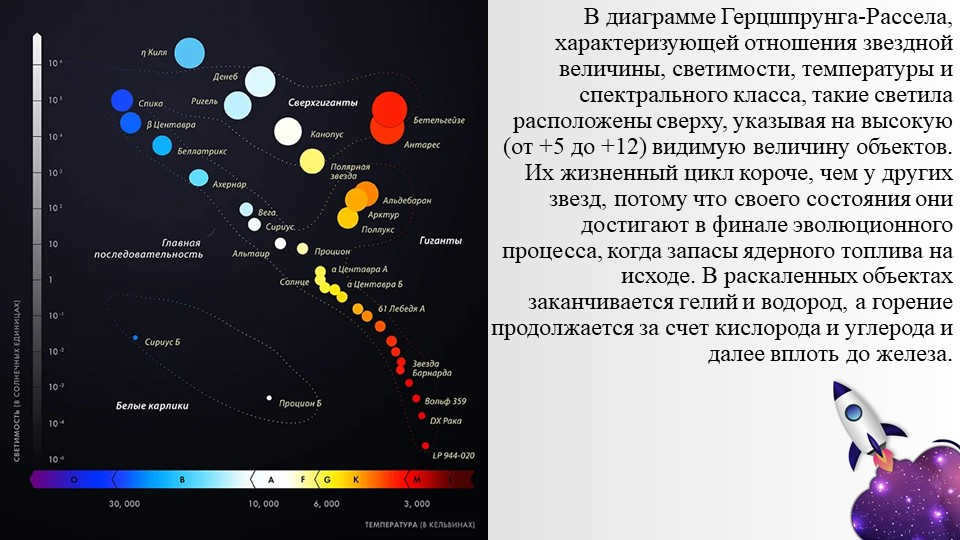

The Hertzsprung-Russell diagram provides valuable insights into the relationship between stellar magnitude, luminosity, temperature, and spectral class. Within this diagram, red giants are positioned at the top, indicating their high apparent magnitude (+5 to +12). These luminous objects have a shorter lifespan compared to other stars as they reach their final stage in the evolutionary process, where nuclear fuel reserves are depleted. In these vibrant giants, the supply of helium and hydrogen is exhausted, and the fusion process relies on oxygen, carbon, and eventually iron.
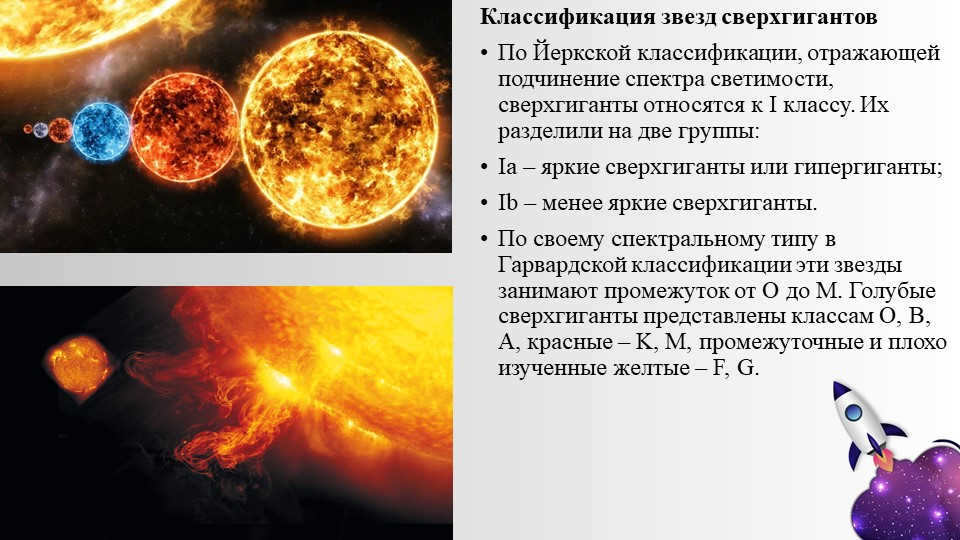

Classification of red giant stars
Based on the Yerkes classification, which categorizes stars based on their luminosity spectrum, red giants are classified as Class I. They can be further divided into two groups:
Ia – bright red giants or hypergiants;
Ib – less bright red giants.
Based on their spectral type in the Harvard classification, these stars can range from O to M. Blue red giants are categorized as classes O, B, A, while red ones are categorized as K, M. There are also intermediate and poorly studied yellow giants categorized as F, G.
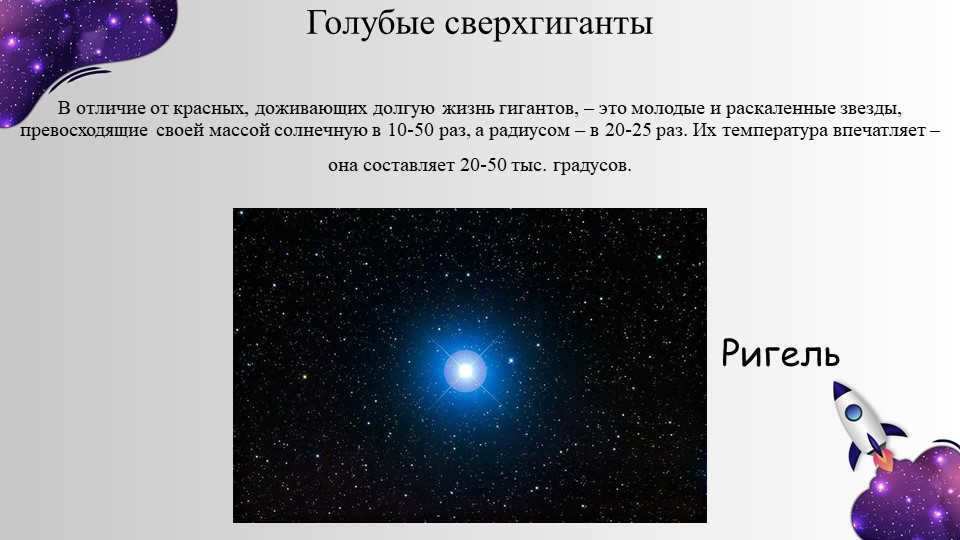
Unlike red giants that have a long lifespan, blue supergiants are young and extremely hot stars. They have a mass that is 10-50 times greater than the sun and a radius that is 20-25 times larger. These stars have an impressive temperature range of 20-50 thousand degrees.
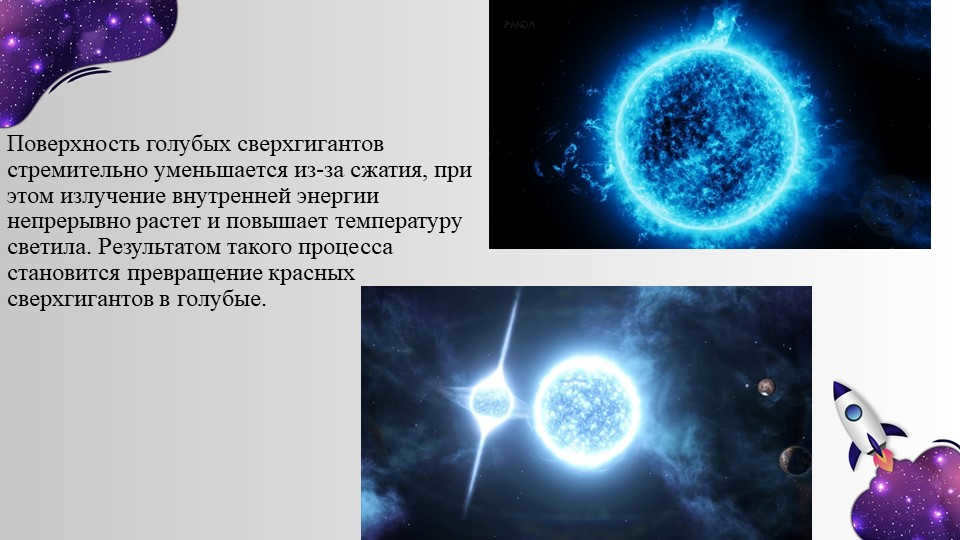
The compression of blue supergiants is causing a rapid reduction in their surface area, while the release of internal energy is continuously increasing and raising the temperature of the star. As a result, red supergiants are undergoing a transformation into blue supergiants.
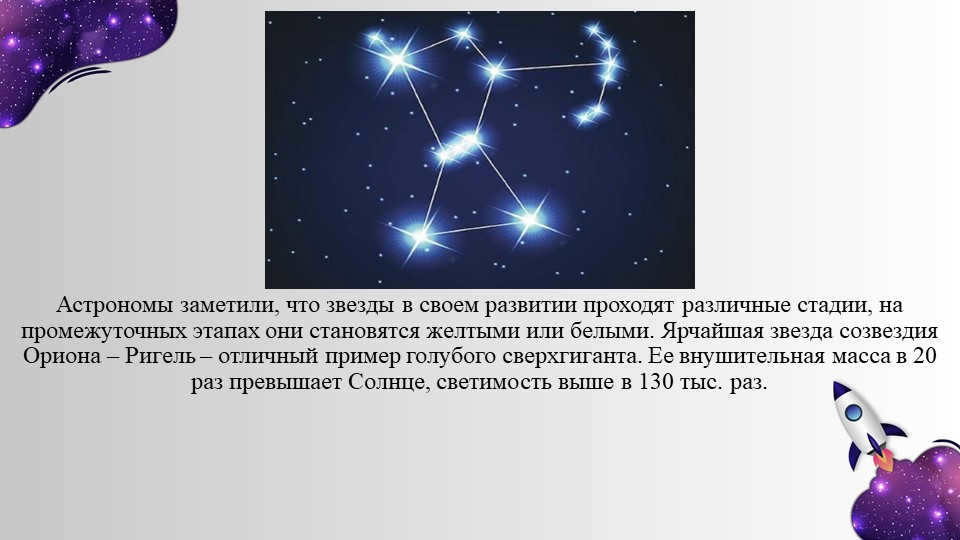

Astronomers have observed that stars go through diverse stages in their development, with intermediate stages transitioning to a yellow or white color. Rigel, the brightest star in the Orion constellation, serves as a notable example of a blue supergiant. It possesses an impressive mass that is 20 times greater than that of the Sun, and its luminosity is 130 thousand times higher.
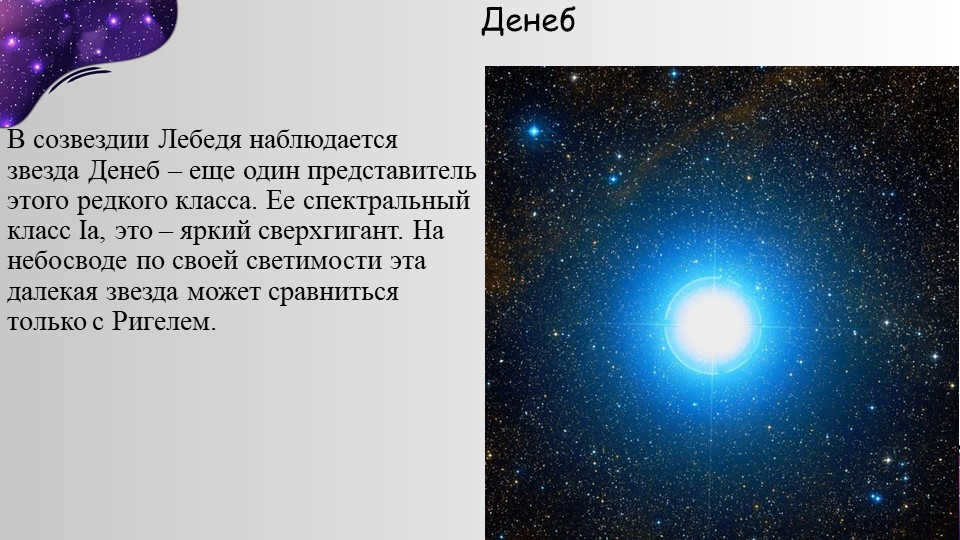
The star Deneb, located in the Swan constellation, is a notable example of a red giant. It belongs to the spectral class Ia and shines brightly as a supergiant. In terms of luminosity, it is comparable only to Rigel, another distant star.
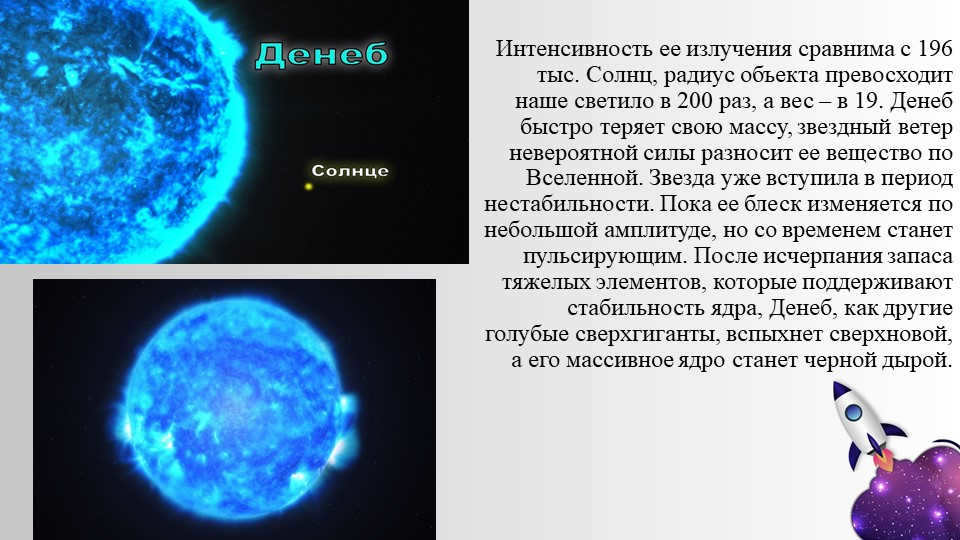

Distinctive Features
In the field of astronomy, red giants are denoted as exceptionally vast stars belonging to the later spectral classes, possessing an elevated luminosity and extended envelopes. Illustrative instances of red giants include Arcturus, Aldebaran, and Harkus, which are located within the red giant branch.
Red giants are granted their name due to their colossal proportions; the average red giant possesses a radius that surpasses that of our Sun by hundreds of times, in fact, it is approximately 1500 times larger than the Sun. However, despite their immense size, red giants are significantly colder than regular stars (including our very own Sun), which radiates heat twice as much as a red giant does.
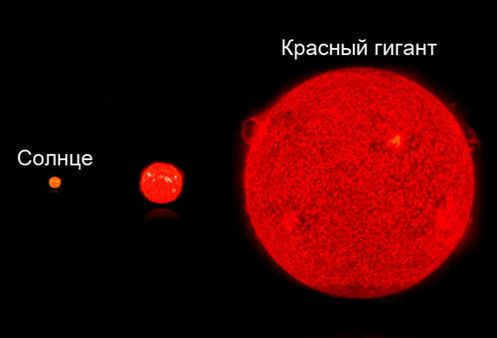
The reality is that the red giant is a star that, due to its advanced age (according to stellar standards, of course), has depleted its reserves of hydrogen. Its core is composed entirely of helium, which, due to the gravitational forces and lack of hydrogen, begins to contract intensively, while at the same time the surrounding layer of hydrogen expands into the surrounding space and rapidly cools. As a result, the star emits a bright red light, hence the name “red giant.”
In essence, the structure of a red giant can be visualized as depicted in the following image.
Here are some fascinating photographs of red giants for your viewing pleasure.
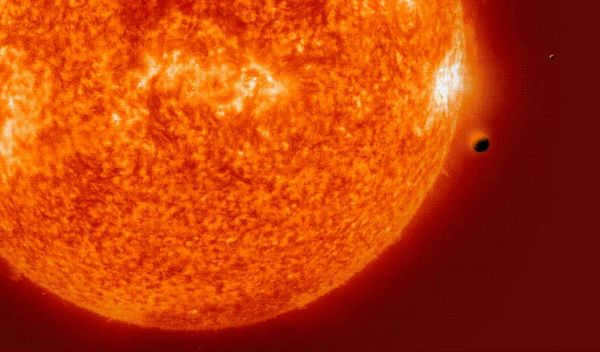
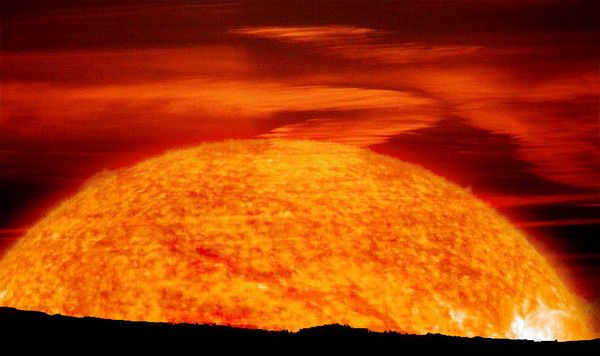
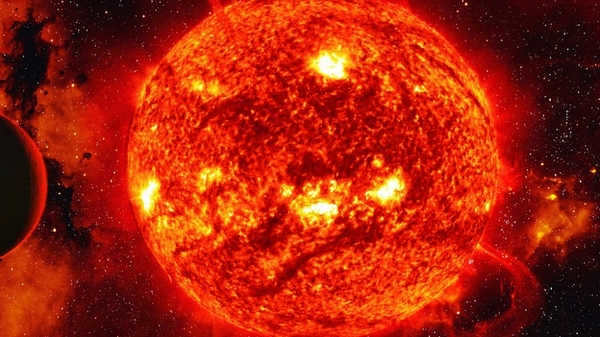
Red giant and the Sun
Scientists estimate that the Sun will not become a red giant for a very long time, at least 5 billion years from now. This is because the current reserves of hydrogen on the Sun are expected to last for that amount of time. However, after this period, the Sun will undergo a transformation and become a red giant. During this process, the size of the Sun will increase by 200 times, which is nearly the same as the current Earth orbit. Unfortunately, this means that Mercury and Venus will be completely destroyed, and it is unlikely that life on Earth will be possible under such extreme conditions.

This image depicts the various stages in the life cycle of the Sun.
Video
To wrap up, we have an educational video provided by the National Geographic channel showcasing the process of our Sun’s transformation into a red giant.

While all stars may appear as tiny dots from our perspective on Earth, they actually come in various forms, each with their own unique characteristics. These variations include differences in size, the amount of light they emit, and their temperature. One particularly notable type of star is the red giant, which stands out as the largest and brightest among them all.
What is the appearance of a red giant?
Astronomers have knowledge regarding the existence of various types of stars. These stars are categorized based on their size and spectral characteristics, which provide valuable insights into distant celestial objects.
In the early 1910s, scientists devised a specialized diagram that simplified the classification of stars and depicted the key stages of their evolution. This diagram also demonstrated the correlation between luminosity, size, and spectral class of stellar bodies. The stars on the diagram are grouped into distinct sections, with the majority occupying what is commonly referred to as the main sequence.
Before the start of their life’s end, certain celestial objects can attain late spectral classes. In some instances, the transition into a red giant commences right at the onset of star formation. In these luminaries, radiation is emitted as a result of gravitational forces that arise from the object’s compression. The duration of this transformation is directly influenced by the star’s mass and size, spanning from approximately 10^3 years to around 10^8 years.
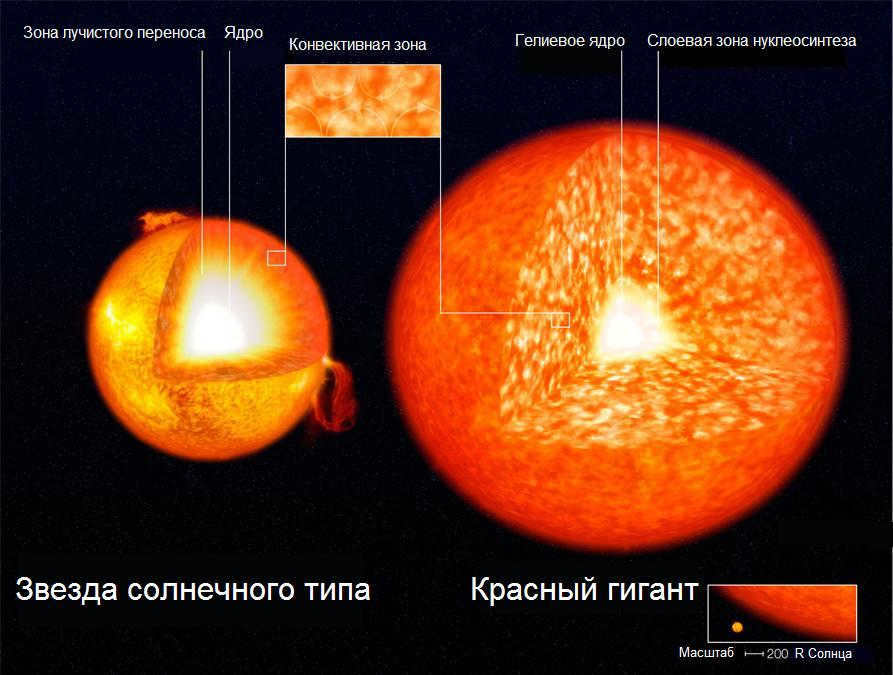

The configuration of a star with characteristics similar to the Sun during its main-sequence stage and also when it progresses into a red giant stage, featuring an isothermal helium core and a layered nucleosynthesis zone (the proportions are not accurately depicted).
Overview and Description
A red giant is a type of luminous star that falls under the spectral classes M and K. In comparison to other stars, the surface temperature of these objects is relatively low, reaching only 5000 K. Nevertheless, they still emit a significant amount of heat and are easily visible in the night sky due to their immense size.
Red giants have a radius that surpasses that of the Sun by 500-700 times, and their surface area is also significantly larger, measuring 100-120 times that of the Sun. It is the combination of their large size and low temperature that distinguishes red giants.
These stars emit a bright yellowish hue due to their low surface temperature, and their spectral emissions contain noticeable amounts of metals. Additionally, stable molecules can also be found in their emitted spectrum.
The red giant possesses a relatively low density, sometimes millions of times less than that of the Sun. Conversely, the core of these stars is highly dense and is enveloped by an expansive, scorching shell. In certain instances, the core’s weight can amount to a tenth of the star’s total mass, leading to the discharge of matter from the core. This phenomenon can also be instigated by other factors:
- the immense luminosity and expansive nature of the core shells of giant stars;
- the limited transparency of the envelope, which initiates the energy transfer process;
- abrupt fluctuations in temperature resulting from oscillatory processes.
What occurs when the Sun transforms into a red giant?
The Sun has a current age of 4.5 billion years. It is widely accepted among scientists that there is an equal amount of time remaining before the Sun commences its metamorphosis into a red giant. Approximately every 70-80 million years, the star’s luminosity will experience a 1% increment. At present, this does not have any impact on human existence. Nevertheless, in the future, it will pose a significant challenge for humanity.
Concurrently with the increase in luminosity, there will be a rise in the amount of heat energy emitted by the Sun. This will result in the greenhouse effect, which will have a profound impact on the climate. As time progresses, the star will deplete its hydrogen fuel and form a helium core. These changes will cause the Sun to expand several times in size and engulf Mercury and Venus. According to scientific calculations, the luminary’s size is expected to increase by 250 times after hydrogen depletion.
As the size of the Sun increases, its mass will rapidly decrease. Each year, the Sun will shed 5,000 tons. Saturn and Neptune will also lose all of their moons. Our planet will undergo unfavorable transformations as well. The conditions for life on Earth will become unviable. The atmosphere will vanish and the present oceans will evaporate. Despite these alterations, Earth will endure for another billion years before being engulfed by the Sun.

Giant stars are self-explanatory and, as a result, have a much larger radius and high brightness compared to main-sequence stars with the same surface temperature. The radius of giant stars typically falls within the range of 10 to 100 solar radii, and they have luminosities ranging from 10 to 1000 solar luminosities. The temperature of giant stars is relatively low because the star’s mass is spread across the entire stellar surface, reaching around 5000 degrees Celsius.
However, there are also stars that have much higher luminosity than giant stars. These stars are commonly known as supergiants and hypergiants.
Because of their massive size, these stars have a very short lifespan, typically ranging from 30 to several hundred million years. Supergiants are commonly found in areas of active star formation, such as scattered star clusters, spiral galaxy arms, and irregular galaxies.
Within the category of giant stars, there are red giants.
A red giant is a star with late spectral classes that exhibits high luminosity and has extended envelopes. Some well-known red giants include Arcturus, Aldebaran, Hakruks, and Mira.

Red giants are characterized by their relatively low temperature of the radiating surface, typically ranging from 3000 to 5000 degrees Kelvin. These stars have a size that can range from 100 to 800 times the size of our Sun. As red giants evolve, they increase in size by a factor of 10-100, while their surface temperature decreases and they gradually release their gas shells into space.
Aside from red giants, there are also white giants. White giants are main-sequence stars that are hot and luminous. Occasionally, a white giant star can form a binary or multiple star system with a red dwarf. Such combinations of stars are known as double or multiple systems and typically consist of stars of different spectral types.
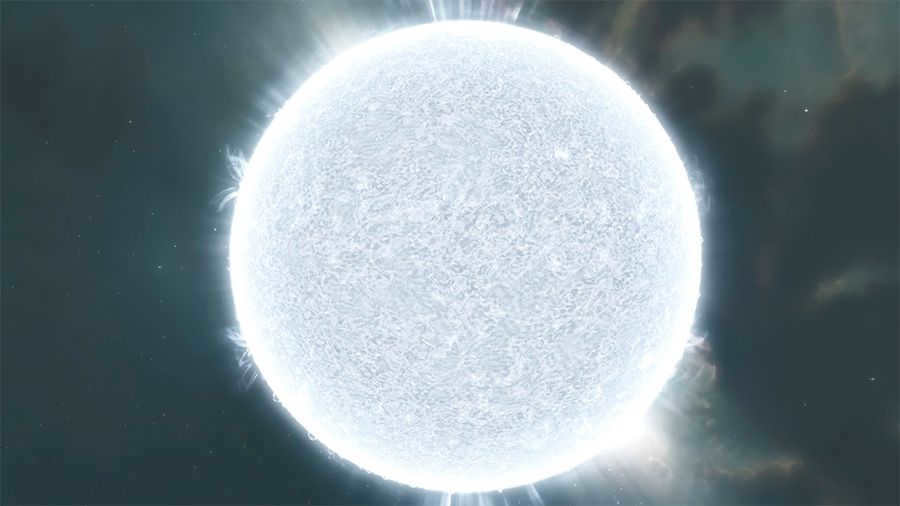
Supergiant stars are among the largest and most massive stars in the universe. They have masses ranging from 10 to 70 times that of our Sun, and their luminosities can range from 30,000 to hundreds of thousands of times that of our Sun. The radii of supergiant stars can vary greatly, ranging from 30 to 500 times that of our Sun. In some rare cases, supergiant stars can even have radii exceeding 1000 times that of our Sun, at which point they are referred to as hypergiants.
Supergiants come in two colors: red and blue. Red supergiants have relatively cooler surfaces and therefore emit less energy per unit area compared to hot blue supergiants. Consequently, a red supergiant will always be larger than a blue one, given the same luminosity.
When large stars start burning carbon and oxygen in their core, they transition from the main sequence to become red supergiants. It is usually red supergiants that mark the end of a star’s life, culminating in a supernova explosion. The gas envelope of the star gives rise to a new nebula, while the core transforms into a white dwarf. Among the dying red stars, Antares and Betelgeuse are the largest.
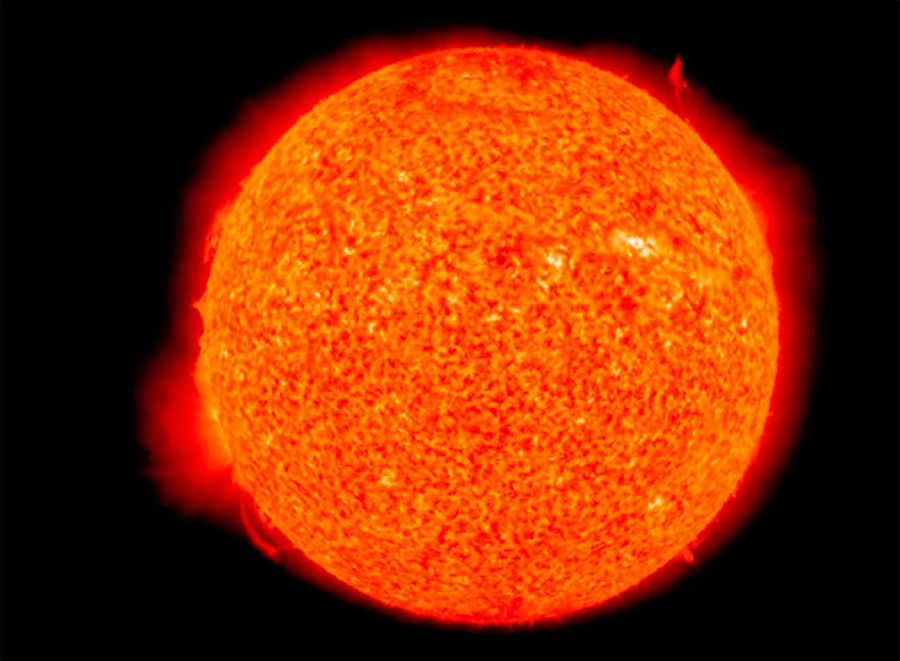
In contrast to the red giants which are in the later stages of their life cycles, blue giants are youthful and scorching hot stars that are 10-50 times the mass of the Sun and 20-25 times the radius. These stars boast an impressive temperature range of 20-50 thousand degrees. The surface of blue supergiants undergoes rapid compression, causing the release of internal energy and further elevating the star’s temperature. A prime example of a blue supergiant is Rigel, the brightest star in the constellation of Orion. Rigel has a staggering mass 20 times greater than that of the Sun and a luminosity 130,000 times greater.
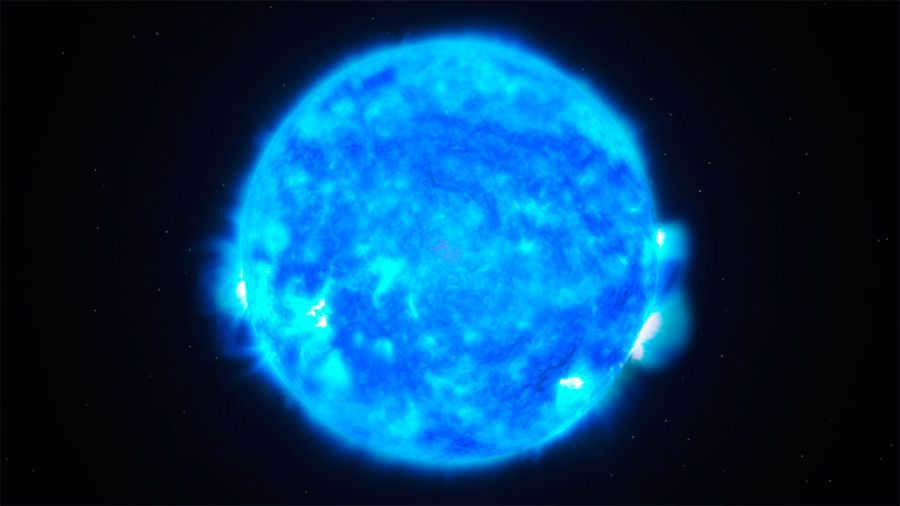
Hypergiants are slightly larger than supergiants, but they surpass them in mass by a factor of several times, and their brightness ranges from 500,000 to 5 million times that of the Sun. These stars have relatively short lifetimes, sometimes lasting hundreds of thousands of years. Our Galaxy is known to contain about 10 of these bright and powerful objects.
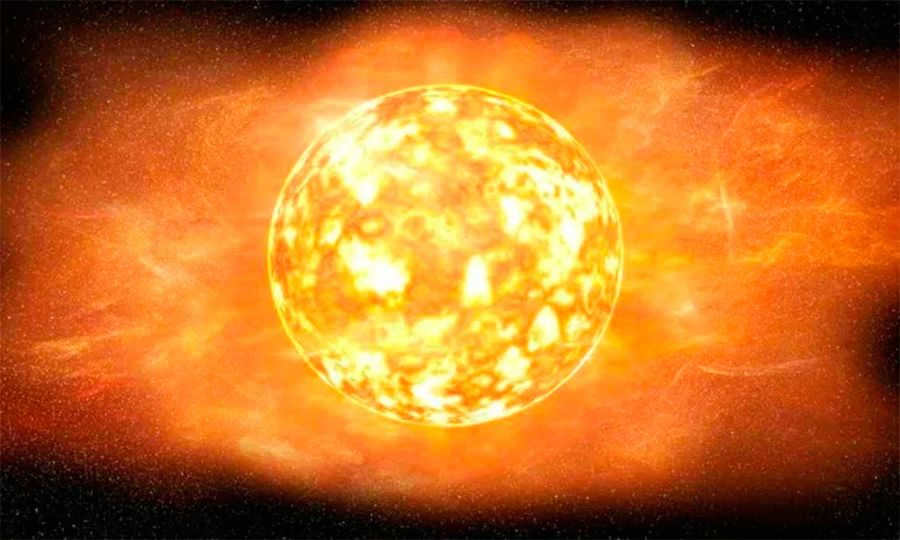
Located at the outskirts of the Westerlund 1-26 (W 26) cluster, there is a hypergiant star.
Stars classified as red giants and supergiants belong to late [1] spectral classes and possess a remarkable luminosity along with enlarged envelopes.
Red giants are comprised of stars belonging to the spectral classes K and M, which fall under luminosity classes III and I respectively. This means that red giants have absolute stellar magnitudes of MV m. Red supergiants also fall under this category. The temperature of the photosphere, which is the surface where radiation occurs, is relatively low for red giants, ranging from approximately 3000 to 5000K. As a result, the energy flux per unit radiating area is significantly smaller compared to the Sun, ranging from 2 to 10 times smaller. However, despite this lower energy flux, the luminosity of red giants can still be quite high, reaching values of 10 5 to 10 6 LSol. This is because red giants and supergiants have very large radii, ranging from 100 to 800 times the size of the Sun.
Red giants exhibit molecular absorption bands in their spectra, with the highest emission occurring in the red and infrared portions of the spectrum.
Red giants: their origin and structure
Stars can achieve late spectral classes and high luminosities at two stages of their evolution: during star formation and in the later stages of their development. The specific stage at which young stars are observed as red giants depends on their mass. For massive stars with masses of approximately 10, this stage lasts for approximately 10 3 years. For small-mass stars with a mass of approximately 0.5, this stage can last up to approximately 10 8 years. During this time, the star emits radiation as a result of the release of gravitational energy during compression. As the compression continues, the surface temperature of these stars increases, but their luminosity decreases due to the reduction in size and radiating surface area. Eventually, a thermonuclear fusion reaction occurs in the cores of these stars, converting helium into hydrogen, and the young star enters the main sequence.
In contemporary astrophysics, the designation red giants generally pertains to evolved stars that have transitioned from the main sequence. Conversely, protostars, which have not yet reached the main sequence, are commonly referred to as protostars or by a specific subtype, such as T Taurus-type stars.
The composition of red giants, irregularities in their outer layers, and the shedding of their mass

Convective mechanisms facilitate the transfer of nucleosynthesis products from internal nuclear sources to the atmosphere of a star, resulting in observed anomalies in the chemical composition of red giants, specifically an increase in carbon content.
Nuclear energy sources and their impact on the structure of red giants
When temperatures reach approximately 10^8 K, the kinetic energy of helium nuclei becomes sufficient to overcome the Coulomb barrier. This enables the fusion of two helium nuclei (alpha particles) to form the unstable beryllium isotope Be 8:
Although most Be 8 decays into two alpha particles, a collision between Be 8 and a high-energy alpha particle can generate a stable carbon nucleus C 12:
Even though the concentration of Be 8 is extremely low, reaching a ratio of 10 -10 compared to He 4 at a temperature of approximately 10 8 K, the rate of the triple helium reaction is enough to establish a new hydrostatic equilibrium within the star’s hot core. The energy release in the triple helium reaction is highly dependent on temperature, with a significant increase occurring in the temperature range of approximately 1-2-10 8 K.

The onset of the triple helium reaction within the degenerate cores of low-mass (with a mass of up to ~2.25 solar masses) red giants exhibits an explosive nature, resulting in a rapid but ephemeral (~10 4 -10 5 years) surge in their brightness – known as the helium flash.
One additional element that seems to impact the development of red giant nuclei is the combination of the triple helium reaction’s high temperature sensitivity (see Fig. 3) and the fusion reactions of heavier nuclei, along with the process of neutrino cooling. At high temperatures and pressures, photons can scatter off electrons to create pairs of neutrinos and antineutrinos, which can freely carry energy away from the nucleus, making the star transparent to them. Unlike classical surface photon cooling, the velocity of this bulk neutrino cooling is not limited by the transfer of energy from the star’s interior to its photosphere. This leads to the formation of an isothermal core, where a new equilibrium with the same core temperature is achieved as a result of nucleosynthesis in the star’s core. (Figure 1)
Actually, a massive star is a celestial body that possesses a substantial radius and intense brightness. Moreover, the overall emission energy of these entities can reach 10-1000 times that of our Sun. Additionally, they exhibit a dimension of 10-100 times the radius of our Sun.
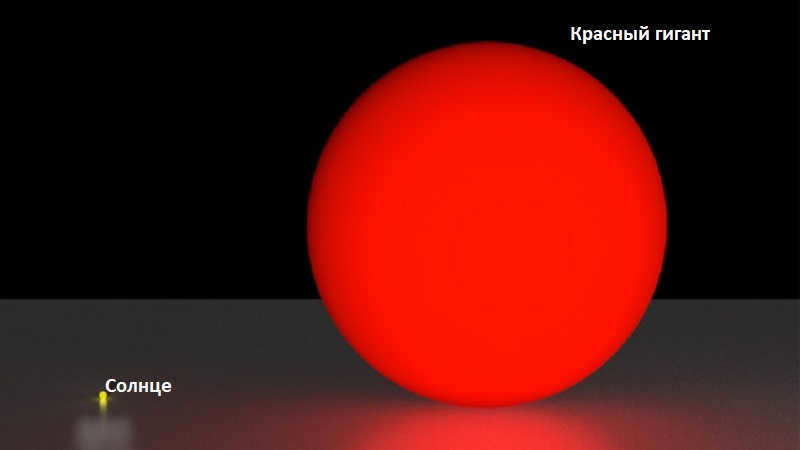
The relative size of a red giant compared to the Sun
Interestingly, astronomer Einar Herzsprung introduced some names for stars based on their luminosity. It is worth noting that his work, in collaboration with Henry Russell, led to the creation of the Hertzsprung-Russell diagram, which is of significant importance in the field of stellar evolution theory.
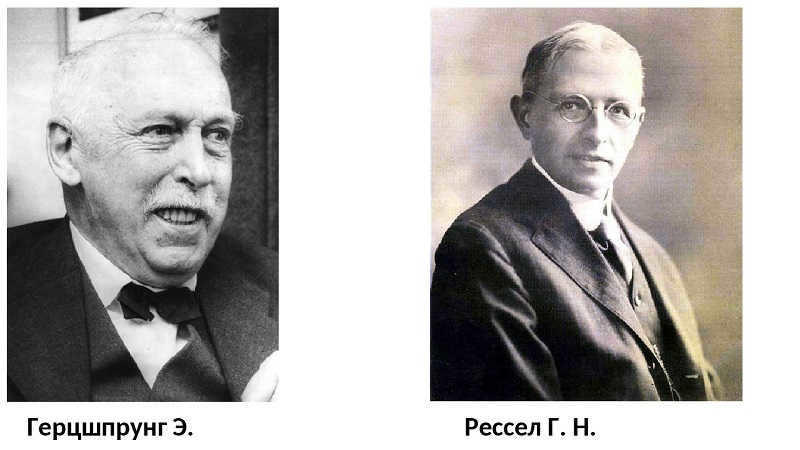
In the first place, stars of a colossal size possess a luminosity that exceeds that of the main sequence, with supergiants being particularly prominent in this aspect.
Due to the fact that the highest level of radiation emitted by these stars falls within the red and infrared spectrum, they are commonly referred to as red giants.
What is the appearance of stars giants and supergiants?
It is common knowledge that when stars are on the main sequence, they generate energy through nuclear reactions happening in their core. This energy production is fueled by the consumption of hydrogen, which is then transformed into helium. However, during this stage, stars do not engage in thermonuclear processes.
Once the hydrogen supply is depleted, the core of the star starts to contract, and helium takes center stage. As helium burns, the outer layers of the star expand, leading to an increase in temperature and surface area.
This expansion results in a higher luminosity. However, as the energy release decreases and the surface area contracts, the star begins to cool down. The future fate of a star is determined by its mass.
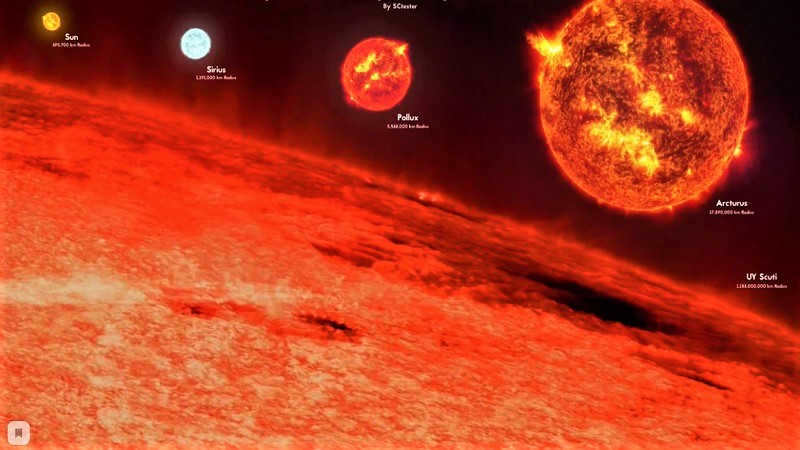
Red Hypergiant Shield (UY Shield).
Evolution of low-mass luminaries
For instance, if the mass is less than 0.35 times the mass of our Sun, it will be unable to undergo a transformation into a giant luminary. Most likely, it will progress through the stages of a blue dwarf and eventually become a white dwarf.
In the case that the star possesses an average mass and has consumed all of its hydrogen, its core will contract. Subsequently, hydrogen will begin to burn near the core, causing the outer layers to expand and cool. Consequently, the luminosity will experience a slight increase.
In fact, an object that has completed its main sequence phase, during which helium is not yet burning, is classified as a subgiant star.
There is a potential for the helium core mass luminosity to reach the Chandrasekar limit, which could lead to a significant increase in thickness and shrinkage. This could result in either core degeneration or expansion of the outer layers. In the event of the latter, there would also be an expansion of the convective zone, causing movement of matter. Ultimately, this would result in the transformation of the body into a red giant.
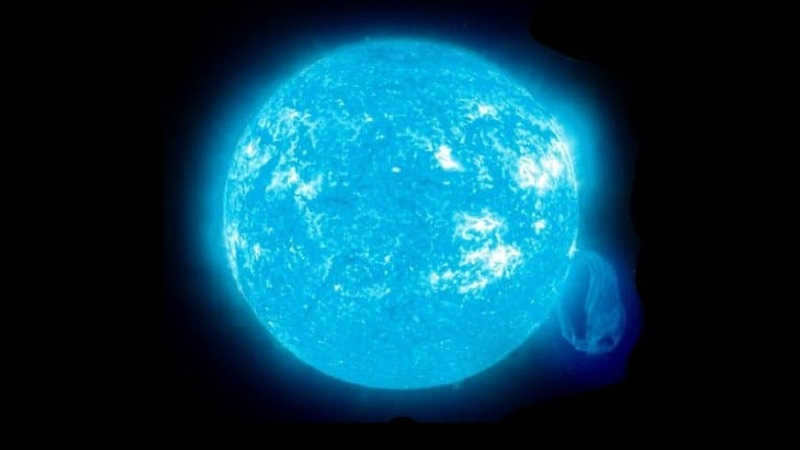
Pistol Star (Blue Hypergiant)
Stars of Intermediate Mass
Naturally, the mass of a star plays a crucial role in its evolutionary path. Scientists have observed how stars with different masses progress through their life cycles.
- Stars with a mass of less than 0.4 solar masses do not initiate helium fusion. Instead, as hydrogen depletes, they shed their outer shell and become white helium dwarfs.
- Stars with a mass greater than 0.4 solar masses experience helium fusion in their cores. As this happens, internal pressure decreases, luminosity decreases, and the star moves along the horizontal branch of evolution.
- When the mass is slightly less than 8 solar masses and the core’s supply of helium is depleted, the carbon-oxygen content begins to increase. Subsequently, the core contracts and helium fusion ignites in its surroundings. This mixing of matter causes the star to expand in size and luminosity. During this phase, the stellar object resides on an asymptotic branch with an inert core. After approximately one million years, it becomes unstable and evolves into a carbon-oxygen white dwarf.
Hence, a star that has transitioned from the red giant stage is referred to as a white dwarf.
The enormous weight
Significantly, when the mass exceeds 8 times that of the Sun, carbon starts to engage in thermonuclear reactions once the carbon-oxygen core is formed. It is worth noting that the ignition of helium does not occur in a sudden burst, but rather gradually.
Scientists suggest that in stars with a mass ranging from 8 to 12 times that of the Sun, there is a possibility of igniting other, heavier elements in the future. However, iron does not yet undergo combustion in these stars.
These stars go through stages of evolution similar to those of stars with intermediate masses. However, their luminosity is higher, and the resulting white dwarf has a different composition. Specifically, it is enriched with oxygen, magnesium, and neon. In rare cases, a supernova explosion may occur, but this is an uncommon phenomenon.
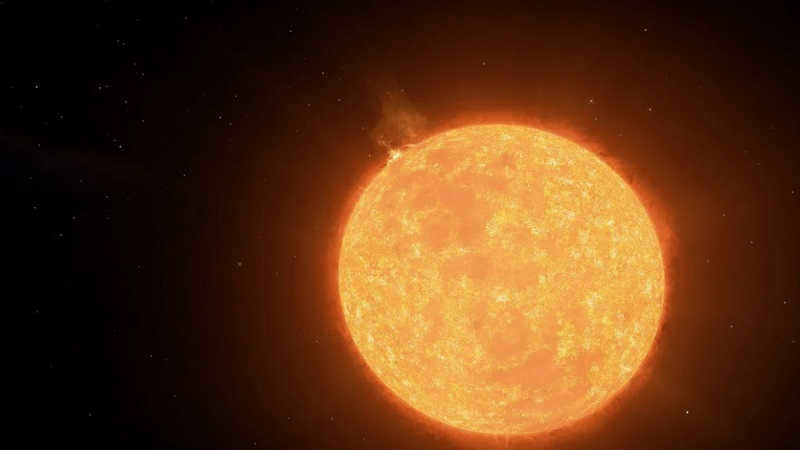
However, when their mass exceeds 12 solar masses, they possess a much higher luminosity, thus being categorized as supergiants. Within these supergiants, the process of synthesis occurs involving increasingly heavier elements, eventually reaching iron. This leads to the formation of an iron nucleus, which subsequently collapses and explodes as a supernova. Ultimately, either a neutron star or a black hole is born.
The Schoenberg-Chandrasekar limit defines the maximum nuclear mass at which no nuclear reactions can take place, making it unable to sustain an outer shell.
Giant stars, their names and examples
According to astronomers, the giant category includes Arcturus, Antares, Pollux, and other stars. It is important to mention that the well-known star Aldebaran is a supergiant.
For instance, the giant red star found in the constellation of China is the famous Mira. Alternatively, the white luminary Tuban can be found in the constellation of the Dragon.
Of course, this is not an exhaustive list. In reality, there are numerous giant stars, and it would probably be redundant to list them all.
Therefore, we have now learned about not only giant stars but also supergiants.
Each bright star is not just a visually appealing object. The study of any star is highly intriguing as it uncovers its unique characteristics and life cycle.
Furthermore, examining an individual celestial entity or collections of them serves a significant purpose in comprehending the arrangement of our planet.
It is captivating to observe and investigate its distinct characteristics. There is an immeasurable and exquisite abundance in the cosmos!
Each participant will receive a certificate and enjoy reduced tuition fees.
Enrollment is open from March 15th to 17th, 2022.

Each slide of the presentation contains the following information:

Red giants and supergiants are known as stellar objects that have evolved from main sequence stars. These stars are characterized by their large size and reddish hue. Red giants and supergiants occur when a star exhausts its nuclear fuel and expands, causing its outer layers to cool down and become red in color.
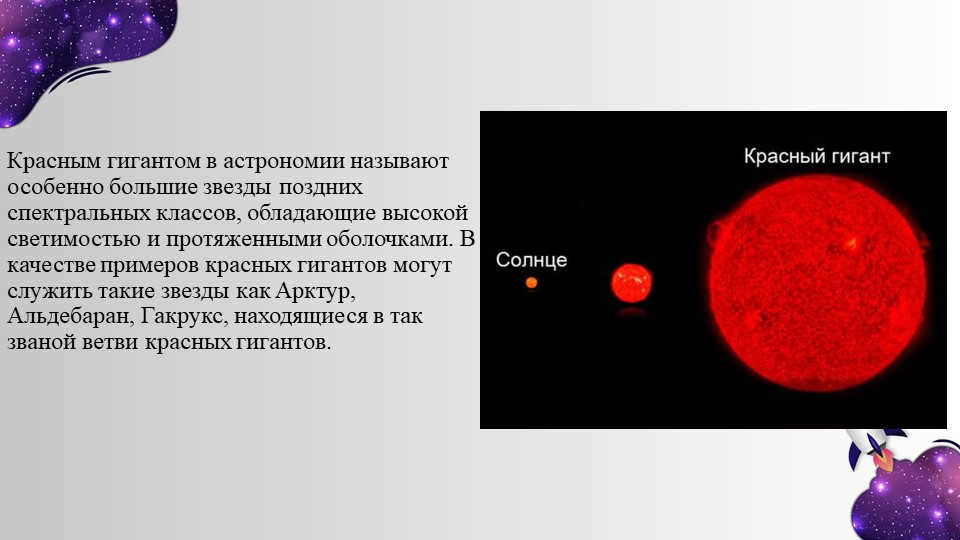
In astronomy, a red giant is a term used to describe large stars with late spectral classes that possess high luminosity and expanded envelopes. Prominent examples of red giants include Arcturus, Aldebaran, and Hakruks, which are part of the red giant branch.

Red giants earned their name due to their immense size. The average red giant has a radius hundreds of times larger than our Sun. In fact, the size of a red giant is about 1500 times larger than the Sun. However, despite their colossal size, red giants are much colder than regular stars, including our Sun. In comparison, our Sun radiates twice as much heat as a red giant.




Mass is a key factor in the development of stars – a massive core generates more energy, leading to higher temperatures and increased activity for the star. As stars near the end of their life cycle, objects with a mass 10-70 times larger than the mass of the Sun become supergiants.


The Hertzsprung-Russell diagram is a visual representation that illustrates the connections between stellar magnitude, luminosity, temperature, and spectral class. In this diagram, red giants occupy the upper region, indicating their high apparent magnitude (+5 to +12). Red giants have a shorter lifespan compared to other stars because they reach this stage towards the end of their evolutionary process, when their nuclear fuel reserves are depleting. In these luminous objects, the fusion of helium and hydrogen ceases, and the combustion process continues using oxygen, carbon, and eventually iron as fuel.

The Yerkes classification organizes supergiant stars into Class I based on their luminosity spectrum. This classification further divides supergiants into two groups:
Ia – bright supergiants or hypergiants;
Ib – less bright supergiants.
The Harvard classification categorizes these stars based on their spectral type, ranging from O to M. Blue supergiants fall into classes O, B, A, while red supergiants fall into classes K, M. The yellow supergiants, which are intermediate and less studied, fall into classes F and G.

Unlike the red giants, the blue supergiants are youthful and blazing stars. They surpass the mass of the sun by 10-50 times and have a radius 20-25 times larger. Their temperature is astonishing, reaching 20-50 thousand degrees.

The compression of blue supergiants causes a rapid decrease in their surface, while the luminary’s internal energy radiation continues to increase, leading to an increase in temperature. As a result, red supergiants undergo a transformation into blue supergiants.


Astronomers have observed that stars undergo various phases in their evolution, transitioning to yellow or white during intermediate stages. Rigel, the brightest star in the Orion constellation, serves as a prime example of a blue supergiant. With a remarkable mass 20 times that of the Sun, it boasts a luminosity 130 thousand times higher.

The constellation of Swan contains a star known as Deneb, which belongs to the rare class of bright supergiants. Deneb has a spectral class of Ia and is one of the most luminous stars in the sky, comparable only to Rigel.


Deneb emits radiation with an intensity comparable to 196 thousand suns, its radius exceeds that of our sun by 200 times, and its weight is 19 times greater. The star is losing mass rapidly, with a stellar wind of incredible force spreading its matter throughout the universe. Deneb has already entered a period of instability and will eventually become a pulsating star as its luminosity varies in small amplitudes. Once it exhausts the heavy elements that stabilize its core, Deneb, like other blue supergiants, will go supernova and its massive core will collapse into a black hole.
- Preparation for USE/OGE and VPR
- For all subjects in grades 1-11
- For pupils of grades 1-11 and preschoolers
Online courses designed for educators
Easily find teaching resources for any lesson by selecting your subject (category), grade level, textbook, and topic:
Discover over 5,612,886 materials in our extensive database
Flexible material options suitable for various teaching curricula
Explore the topic of “Giant planets. Dwarf planets”
Join the largest international distance learning community
Participate in the School Info-Contests 2022
Receive a certificate and tuition discount as a participant
Alternative Materials
These courses might catch your attention:
Please share your thoughts
Author of the Content
Moscow Institute of Professional
Retraining and Advanced Training
Professional Retraining and Advanced Training for Educators
Online Courses
for Educators
We provide official certificates
according to established standards!
Educators’ Perspectives: Tips for Successful Exam Preparation
Expelled Students from Abroad Eligible for Free Study in Russia
Rosobrnadzor Suggests Allowing Students from DNR and LNR to Enter Universities without Taking Exams
Online Training: Neurogymnastics for Effective Learning and Enhanced Well-being
Russians Value Educators Who Demonstrate Education, Love, and Warmth towards Children
Distance Learning Might be an Option for International Students Taking GIA Exams
Introducing fresh courses: blogging and architecture instruction, graduate student training, and more
Exclusive vouchers
Users who have posted the materials on the site are responsible for resolving any conflicts arising from the materials themselves and their content. Nevertheless, the site administration is fully committed to assisting with any concerns regarding the site’s operation and content. If you come across any unauthorized use of materials on this site, please notify the site administration via the provided feedback form.
All content published on this website is either generated by the website’s authors or submitted by its users, and is provided for informational purposes only. The copyrights for these materials belong to their respective authors. Any reproduction, in whole or in part, of the website’s content without the written permission of the site’s administrators is strictly prohibited. Please note that the views expressed by the site’s administrators may not necessarily align with those of the authors.
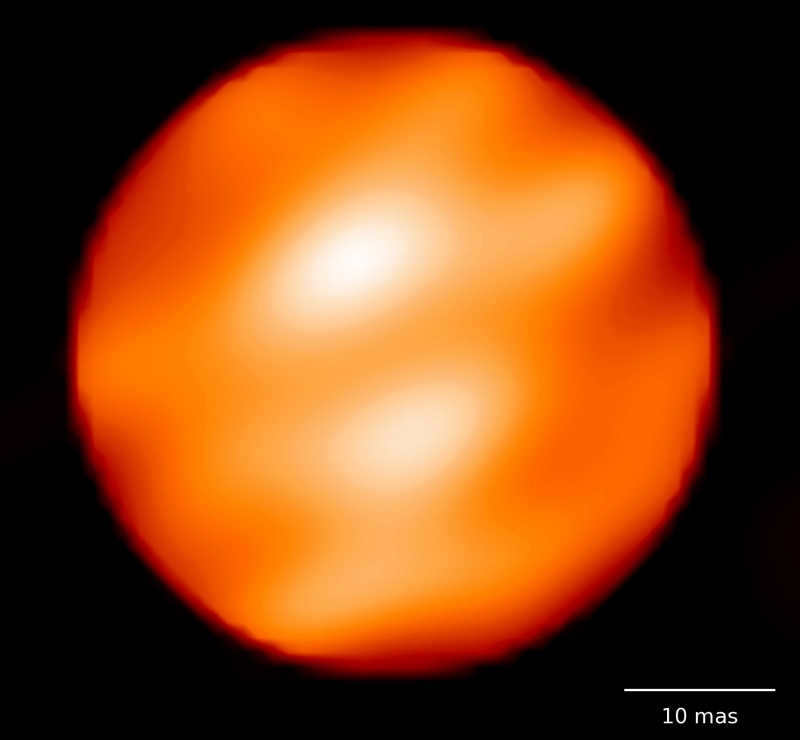
Supergiant stars, like Betelgeuse, have a cosmic destiny that eventually leads them to explode in a supernova.
Overview
Characteristics and variables
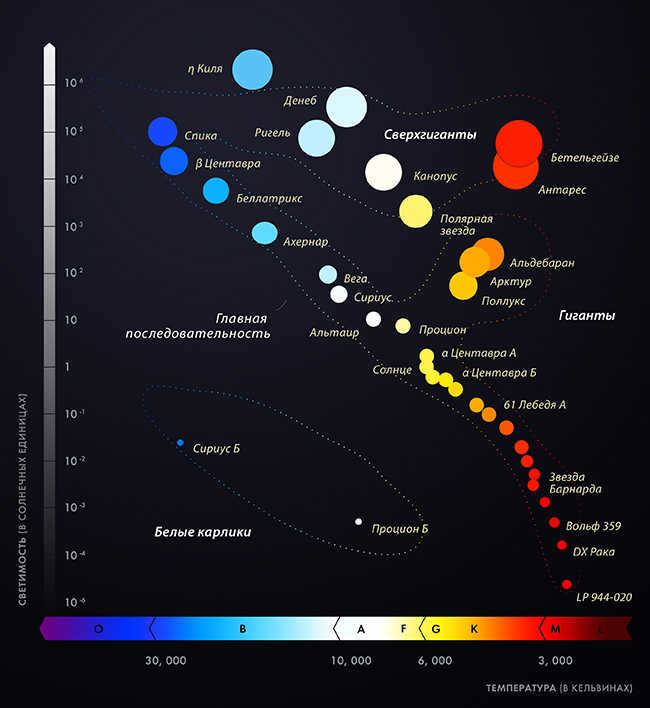
Supergiant star classification
In terms of the luminosity spectrum hierarchy, supergiant stars are classified as class I according to the Yerkes classification. They can be further categorized into two distinct groups:
Additional resources on the subject
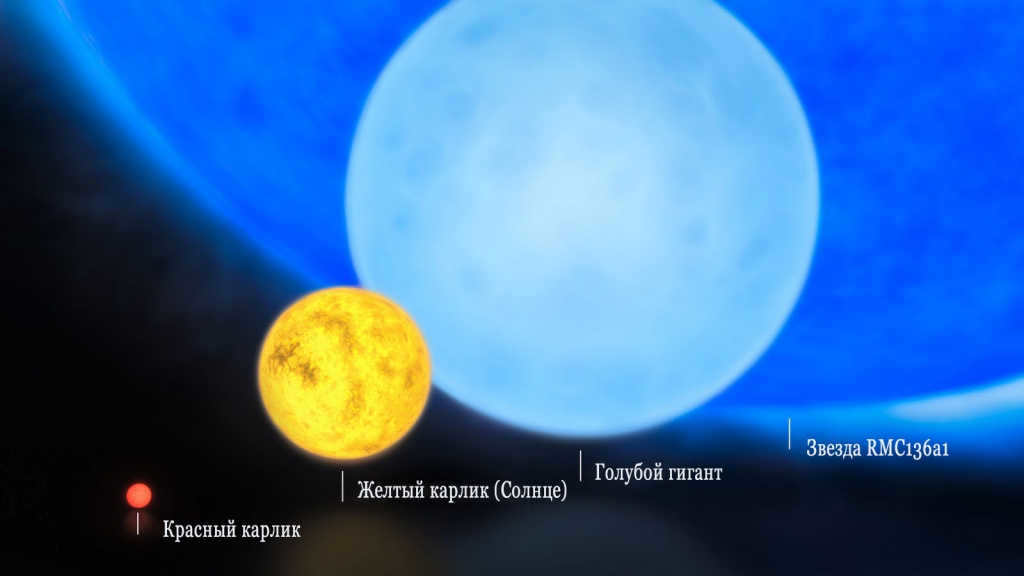
When it comes to their spectral classification according to the Harvard system, these stars fall within the range from O to M. The spectral classes O, B, and A are assigned to blue supergiants, while red supergiants are classified as K and M. Yellow supergiants, which have intermediate characteristics and are not well studied, are classified as F and G.
When carbon and oxygen start burning in their core, large stars exit the main sequence and transform into red supergiants, with their gas shell expanding to enormous sizes, spreading across millions of kilometers. The penetration of convection from the shell into the core results in chemical processes that lead to the synthesis of heavy elements from the iron peak. These elements are scattered into space after the explosion. Red supergiants are typically the ones that culminate the life of the star by exploding into a supernova. The gas envelope of the star gives birth to a new nebula, while the degenerate core transforms into a white dwarf. Antares and Betelgeuse are the most prominent examples of dying red stars.
Blue supergiants
Blue supergiants are a type of massive star that are characterized by their blue color and extremely high luminosity. They are some of the largest and brightest stars in the universe. These stars have a mass that is several times greater than that of the Sun, and they burn through their fuel at a much faster rate. This causes them to have relatively short lifetimes compared to smaller, less massive stars. Blue supergiants are also known for their strong stellar winds, which blow off their outer layers of gas and dust. This can create beautiful nebulae and supernova remnants, which can be seen from Earth. Overall, blue supergiants are fascinating objects that play a crucial role in the life cycle of stars.
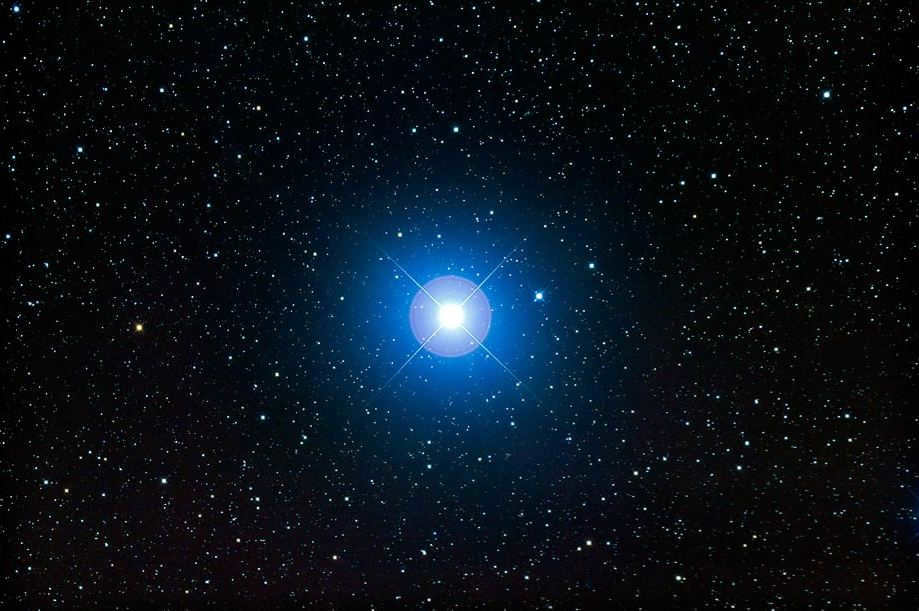
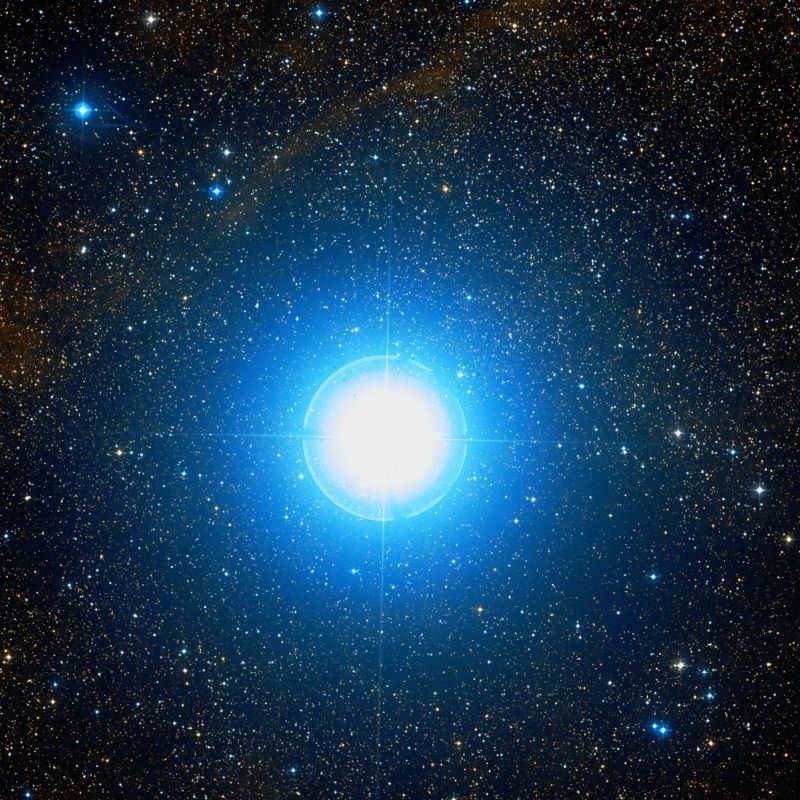
Deneb, a star in the Swan constellation, is a rare example of a bright supergiant. Its spectral class is Ia, making it one of the most luminous stars in the universe, comparable only to Rigel. With a radiation intensity equal to that of 196,000 suns, Deneb’s radius is 200 times larger than our own sun, and its mass is 19 times greater. Deneb is currently experiencing significant mass loss, as powerful stellar winds carry its matter across the vast expanse of the universe. This immense star has already entered a phase of instability, though its luminosity is currently only fluctuating slightly. Eventually, Deneb will become a pulsating star as it exhausts the heavy elements that stabilize its core. Like other blue supergiants, Deneb will eventually explode in a supernova, leaving behind a massive black hole.
The lifespan of a red dwarf can span billions of years, as it slowly utilizes its internal fuel, whereas a supergiant’s lifespan is limited to a few million years.
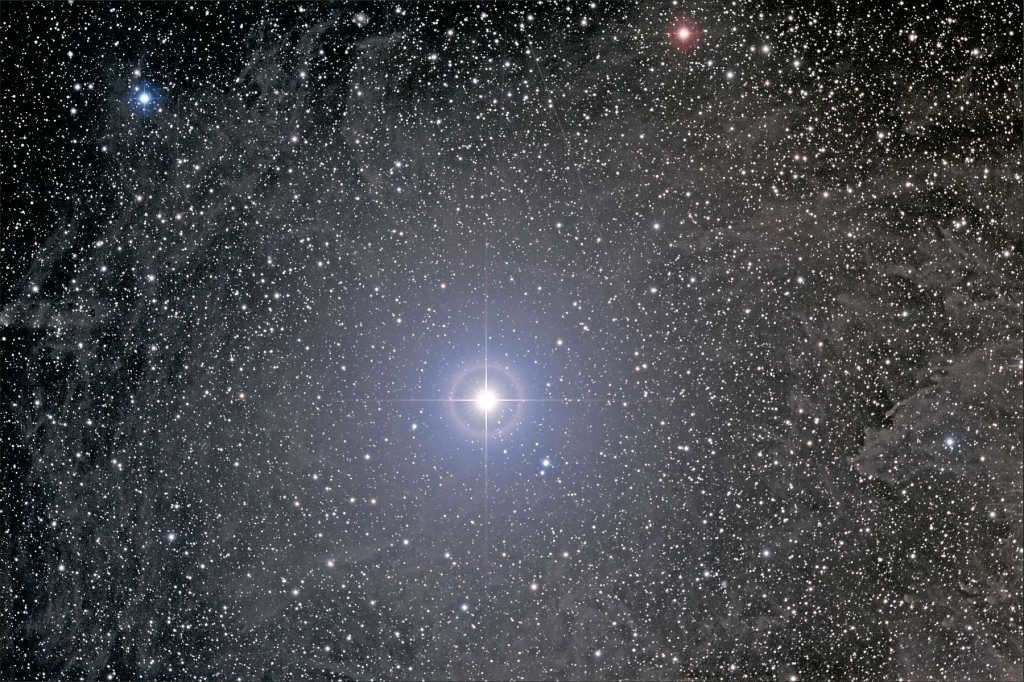
Nebula surrounding Polaris
Polaris, a well-known star, belongs to this category. It falls within the yellow spectrum, with a radius 30 times larger than that of the sun and a luminosity of 2200.
Hypergiants are not significantly larger than supergiants in size, but they surpass them in mass by several tens of times, and their brightness ranges from 500,000 to 5 million times that of the sun. These stars have relatively short lifespans, sometimes numbering hundreds of thousands of years. Approximately 10 of such bright and powerful objects have been discovered in our galaxy.





